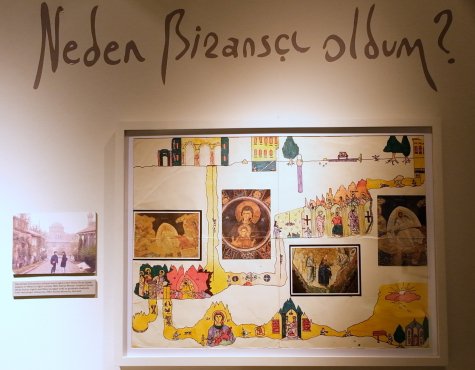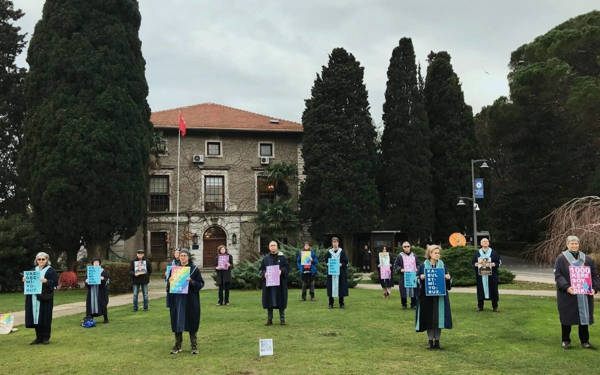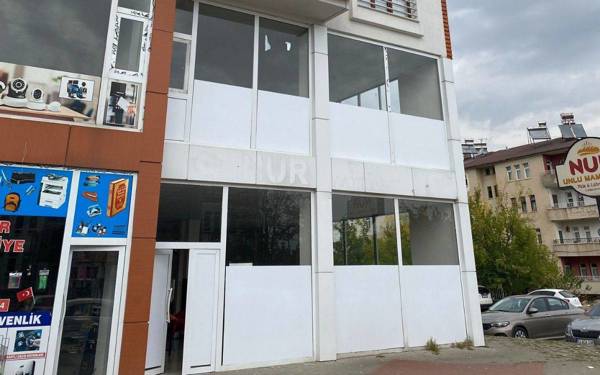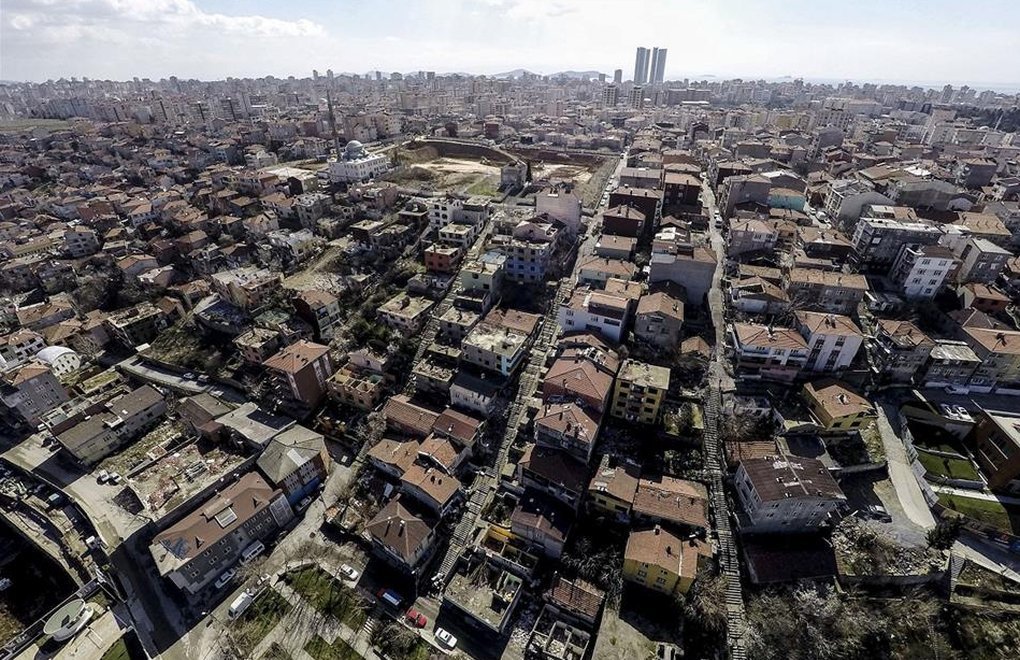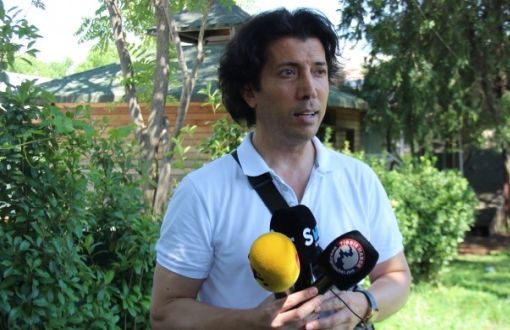Photos: Ali Dinç/bianet
Click to read the article in Turkish
There are certain images that come to mind when one mentions the Byzantium. The Walls, soldiers with interesting hats, steel shields with crosses in their hands... And if you grew up with the Yesilcam movies, Kartal Tibet and Cüneyt Arkın to accompany them...
At least this was true for me until I went to the exhibition in İstiklal Avenue, Taksim called "The Adventure of Byzantine Studies in Turkey."
The exhibition I entered curiously welcomed me with a picture that the curator, Koray Durak, had drawn as a child. It is interesting because it is a very detailed drawing for a child. Its title is also interesting: "Why did I become a Byzantine studied?"
Offering the chronological presentation of the Byzantine studies that started in Turkey in the late Ottoman period until today, the exhibition has opened up a brand new horizon for me.
Associate Prof. Koray Durak, the curator of the exhibition who is an academician at the History Department of the Boğaziçi University talked to us about the exhibition.
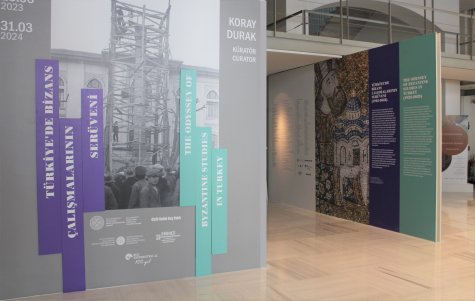
The things we know about Byzantium
I will start with a very basic question: What do we know about Byzantium?
The country where Byzantium's most significant cultural and material heritage is located is Turkey. Its capital is here, after all. The majority of the Byzantine population lived in Anatolia. In other words, Turkey, as a state established on the Anatolian Peninsula, is actually one of the biggest heirs of Byzantium. However, despite this, we know nothing about it.
When we hear "Byzantium," a similar image forms in almost everyone's minds; an image that portrays Byzantium as an "enemy" and "bad." Why does this image come to mind when we think of Byzantium?
This image comes from a narrative about Byzantium that was formed in the past. We are reshaping it with our current cultural and political needs and concerns. In fact, an important question is whose perception this image belongs to. The Islamic, nationalist, and liberal segments have different perceptions of Byzantium, but of course, there is a common perception among them as well.
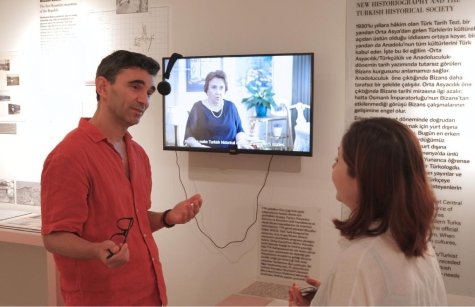
"Our negative judgments are imported from Europe"
Interestingly, regardless of which faction we belong to, most of our negative judgments about Byzantium are imported from Europe. The approach that emerged in the 19th century in Western Europe, depicting Byzantium as a decaying, ascetic, and backward culture, and viewing it as the "other," eventually formed the basis of the perception of the late Ottoman and early Republican eras as they entered the process of Westernization. This perception was imported through the works of Ottoman intellectuals who went to Europe for education. This idea entered the minds of Ottoman intellectuals through books translated when French schools were established. However, of course, it's not a lasting idea without having a foundation or substance.
Why is Byzantium considered the "other"?
Byzantium is not just the "other" for Turkey, but also for Western Europe. This is because while Western Europe is Catholic or Protestant, Byzantium is Orthodox. While Western Europe united through the Latin language for centuries, the Byzantine world formed a partnership through the Greek language. In the eyes of Europeans, Byzantium is seen as a civilization that did not experience the Renaissance, Enlightenment, or Industrial Revolution; it is even somewhat associated with the Ottoman Empire.
Interestingly, even intellectuals in the Republican era saw Byzantium as they did the Ottoman Empire. In other words, Byzantium was perceived as antiquated, a civilization that should be discarded into the trash bin of history, and as a bureaucraticly inefficient state.
Indeed, Byzantium was a multi-ethnic and multi-lingual empire. It doesn't neatly fit into the narratives of Balkan, Middle Eastern, or Turkish nationalisms. Therefore, it's not particularly favored by either the French or the Turks. It's somewhat embraced by Greece, especially due to religious connections. Of course, this also negatively impacts our perception of Byzantium in Turkey.
"My first love: Byzantium"
At the entrance of the exhibition, there is a Byzantine painting that you drew as a child. It's a very beautiful and detailed artwork. How did Byzantium capture your interest? There are many reasons that drive a person to become a historian, of course, but for me, the most fundamental reason is the "instinctual curiosity about the unfamiliar." I'm from Istanbul, and during my elementary school years, students were taken on school trips to museums and archaeological sites. As someone raised in a culturally Muslim family, seeing a church would pique my interest; it felt different. That's how my fascination with Byzantium began. Later I studied international relations because my family wanted me to. During this time, I suppressed that interest. However, what's suppressed often resurfaces. After finishing school, I realized I didn't want to become a banker or a civil servant, so I returned to my first love, which is Byzantium. One more thing, we often laugh about popular culture, but when I was growing up, there was Indiana Jones. If I hadn't watched it, maybe I wouldn't have become interested in Byzantium, and I wouldn't have gone underground and fought with dragons as I depicted in that painting. | |
How did the perception of Byzantium evolve with the establishment of the Republic?
The foundation of the Republic brought about a shift in the way Byzantium was viewed. The ideology of the Republic, built upon Turkish nationalism, has two main pillars. One of these is Anatolianism, aimed at embracing the historical and cultural heritage of Anatolia.
During the Republic era, even the earliest civilizations, including those of the Bronze Age, were claimed as part of this heritage. Institutions like Etibank were established based on this ownership. While the Republic wholeheartedly embraced these historical assets, its approach to Byzantium seems to be more peripheral.
This situation reveals that within the framework of the Republic's ideology, Byzantium received less emphasis compared to previous civilizations.
"Byzantium is an enemy ready to be defeated"
For example, there is no establishment like Byzantium Bank or Byzantium is not discussed like the Phrygians as one of the owners of Anatolia.
However, it's not entirely disregarded either. Necessary work is being done at the archaeological level. There's a somewhat hesitant approach within Anatolianism that says, "This is also a part of us, let's see."
The second pillar of Turkish nationalism is Central Asianism. We came from Central Asia, our lineage is Oghuz, and our language is summarized as Turkish. From this perspective, Byzantium becomes an enemy, a ready-to-be-defeated enemy, a foe from whom the capital and territories will be taken. In this approach, Byzantine history should be studied to understand the history of the Turks in the Middle Ages because sources for understanding the Seljuk, Beyliks period, and early Ottoman history were written by Byzantine authors. Moreover, if you look at the backgrounds and interests of Byzantinologists during the Republic era, you'll find that these individuals also wrote articles about Turkology or Turkish-Byzantine relations.
After the 1990s, Byzantium started being studied not only for Byzantium's sake. Topics like domestic life in Byzantium, Byzantine economy, and Byzantine Trabzon have come into focus. It's no longer approached solely within the context of its relationship with the Turks.
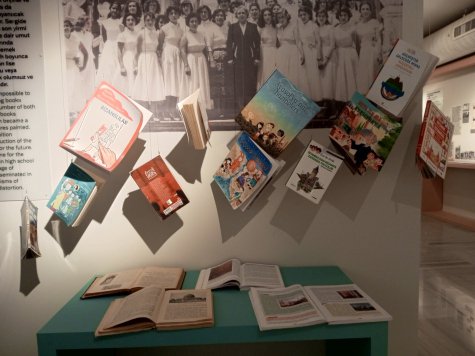
From time to time, though not very frequently, we come across information about Byzantium in written or visual media, magazines, and books. In our daily lives, especially in Istanbul, we encounter Byzantine remnants and structures. To what extent does Byzantine influence touch our everyday practices?
If I were to rephrase your question as to how the average person in Turkey encounters Byzantium, there are at the moment translation books about Byzantium and art history, archaeology, and history magazines that publish articles about Byzantine material culture. It's evident that these channels target an intellectual audience. Encounters with Byzantium are also possible through social media and newspapers, reaching broader audiences. This encounter takes place in a more superficial manner or in the form of practical knowledge dissemination. We come across Byzantium in news about poor restorations, travel features in weekend supplements during the summer, and comparisons made by columnists (such as "Byzantine games" or "Byzantine-Crusader alliance") in certain political party contexts.
"The approach to Byzantium is based on not knowing"
In fact, the situation I'm describing is "physical contact", but unfortunately, nobody knows that the structure they encounter dates back to Byzantium. This can be the ruins in a village, a place where wine is enjoyed in the evenings in a city or a tomb that's searched for hidden treasures. This is the case all around the world. The public's approach to tangible remnants on a popular level is based on not knowing.
What can you say about the perception of Byzantium in the world of literature and cinema?
When we look at literature, Byzantium is often used as a backdrop for setting the scene. For instance, Lale Müldür uses Byzantium to create a cosmopolitan Istanbul setting, while Bilge Karasu delves into the Iconoclastic period to depict a repressive era in "Uzun Sürmüş Bir Günün Akşamında" (In the Evening of a Long Day). Therefore, Byzantium is somewhat instrumentalized.
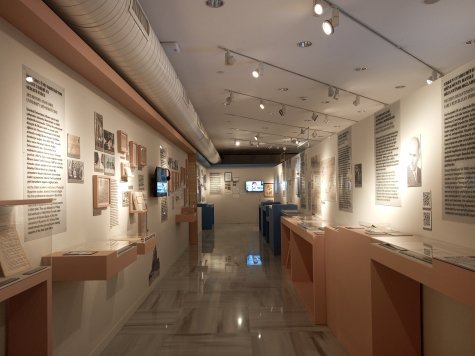
"Movies reflect the dominant ideology"
The same situation applies to cinema as well. In Turkey, since the 2000s, there have been two types of films that involve Byzantium. The first is the "Kahpe Bizans" (The Whore Byzantium) school. These are essentially parodies of Yeşilçam films, a genre of Turkish cinema. While poking fun at Yeşilçam's historical films, they also create a caricature of Byzantium. The second school emerged in the last decade. Films like "Fatih" (The Conqueror) and "Diriliş Ertuğrul" (Resurrection Ertugrul) belong to this category. These films are expressions of the ideology that has been increasingly dominant in society over the past twenty years. The information and visuals presented about Byzantium in these films are often incorrect. The attire and speech of Byzantine characters are inspired by Yeşilçam, and the goal is also to make the nationalist-conservative audience feel good. Of course, these are ultimately movies, not history.
As we tour the exhibition, we can see an increase in Byzantine studies in recent years. Has there been an increase in intellectual interest in this subject in Turkey?
We tried to present this in the exhibition as well. Yes, over the past twenty or thirty years, there has been a positive trend. In Turkey, when the dominance of the Kemalist approach started to wane in the 1990s, different ethnic, religious, regional, and cultural identities began to emerge. This provided a breathing space for Byzantium. I believe that the explosion in the number of exhibitions, translations, and academic activities related to Byzantium in the 2000s is linked to this sociological change.
However, nowadays, Byzantium is entering a different challenge because the Turkish-Islamic synthesis has its own Byzantine narrative and wants it to dominate throughout Turkey. Let's see how Byzantine studies will cope with this challenge in the coming years.
"Our exhibition highlights the contribution of the Greek community"
There is a section in the exhibition that discusses the contributions of the Greek community. How do the Greeks living in Turkey perceive Byzantium?
The Greek community played an active role in the field of Byzantine studies during the early Republican period. However, after the events of September 6-7, 1955, and due to the Cyprus issue, many Greeks left Istanbul. As a result, the number of Greeks engaged in Byzantine historical research, especially after the 1970s, can be counted on one hand. An example is Aleksandros Vegleris, a world-renowned expert on Byzantine seals, who stayed in Turkey during the second half of the 20th century and contributed to academic production.
During those times, Greeks found it risky to associate their community too closely with Byzantium, fearing potential harm to themselves.
In this sense, our exhibition has an original aspect, emphasizing the contribution of the Greek community.

How much space does Byzantium find in the National Education curriculum?
In the early years of the Republic, there were only a few high schools, which functioned somewhat like universities. Therefore, the history textbooks of that period provided a highly detailed presentation of pre-Turkish and pre-Islamic Anatolian and Mediterranean history. Byzantine history also had its share in this.
Between the 1940s and the 1990s, high school history textbooks were somewhat moving away from the excessive Turkism of the early Republic ideology. This period was more Western-oriented, and humanistic, showing an interest in Ancient Greece and Mesopotamia, and characterized by a focus on Turkish identity and Islam, although not as predominant. During this period, Byzantium was covered in detail, although perhaps not as extensively as before.
'Only a paragraph in textbooks'
After the 1980 coup, Turkish and Islamic history became prominent. In today's textbooks, the narrative about Byzantium has been reduced to almost a paragraph. It is usually covered at the end of the Roman era or during the period of the medieval Turkish Beyliks (Principalities). Even in these brief mentions, there is usually no discussion of culture or economy. So, if we return to the question you initially asked, "What do we know about Byzantium," the average citizen, unless if they have a specific interest, doesn't know much about Byzantium.
There is a section dedicated to Byzantium in children's books, including storybooks and coloring books. Nowadays, children are getting to know Byzantium to some extent. But how are they learning about it?
Interestingly, there has been an increase in the number of books teaching history to children in recent years. Some of them are translations of books published in Europe and America. These often talk about Rome, with Byzantium mentioned occasionally. Some books are written in Turkey and aim to neutrally present Byzantium's legacy. For example, while discussing Istanbul, they also talk about Byzantium and the Byzantine era.
Of course, there are also books written from a Turkish nationalist and Islamist perspective, primarily focusing on Hagia Sophia. The number of such books cannot be underestimated.
Positive and negative developments
In short, both positive and negative developments are happening simultaneously. There is an increasing interest in Byzantium in intellectual and academic circles. However, within the state institutions, there seems to be a mix of indifference and coldness towards the topic. When looking at the popular level, we see that not much has changed. Through the lens of Yeşilçam films and driven by nationalist and religious motivations, sweeping generalizations are made about Byzantines – their religion, culture, and state. In essence, the work of Byzantinologists remains challenging.
(ZA/AÖ/PE)




.jpg)
.jpg)
